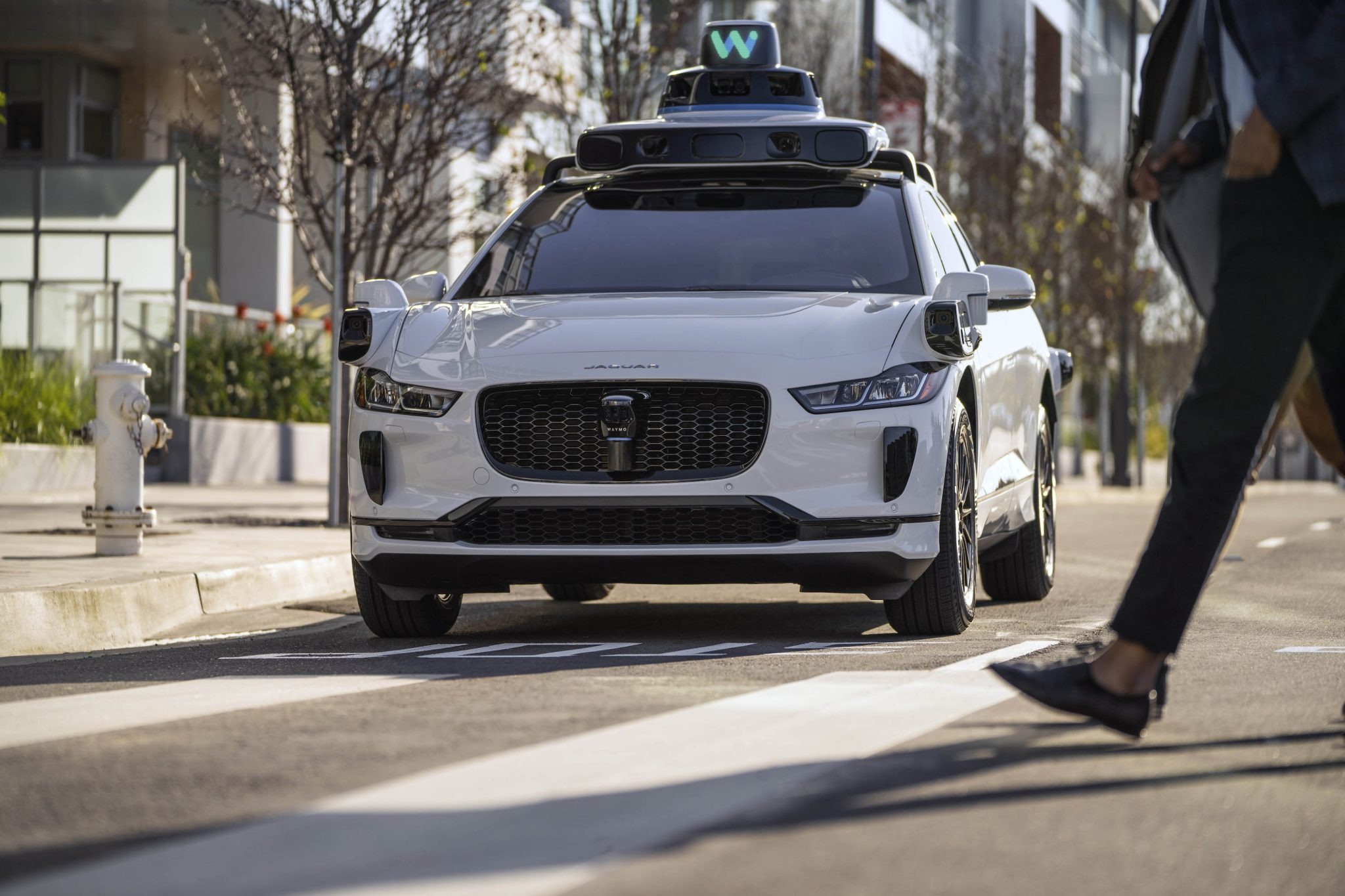Tesla vs Waymo: The Battle for Autonomous Vehicle Leadership
As the race for autonomy in self-driving cars heats up, two industry giants, Tesla and Waymo, find themselves at the forefront. Both companies have adopted distinct strategies that reflect their unique capabilities and visions for the future of autonomous driving. This article delves into their contrasting paths toward achieving full autonomy and the challenges that lie ahead.
Tesla’s Data-Driven Approach
Tesla’s strategy revolves heavily around its extensive fleet of vehicles already on the road. By leveraging real-world data collected from its extensive customer base, Tesla is continuously refining its Full Self-Driving (FSD) system. The company’s Autopilot feature serves as a beta test for real-world conditions and gathers crucial data points, which are then used to improve the algorithms driving the technology.
Perhaps Tesla’s most significant advantage is its ability to collect millions of miles worth of driving data daily. This data captures a wide array of driving scenarios, from everyday commutes to unpredictable traffic situations. Armed with this massive dataset, Tesla’s neural network can learn and adapt more quickly compared to competitors who may have fewer miles of data.
Waymo’s Annotated Data Superiority
On the other hand, Waymo, a subsidiary of Alphabet Inc. (Google’s parent company), takes a different approach. Rather than relying on customer-driven data, Waymo primarily gathers data through its dedicated fleet of autonomous vehicles. Each of these vehicles is equipped with high-resolution cameras, LiDAR, and radar systems that collectively create a meticulous and comprehensive view of their surroundings.
One of Waymo’s key strengths lies in its use of annotated data. Google has a vast network of users worldwide, many of whom unknowingly contribute to Waymo’s dataset. Every time someone fills out a CAPTCHA to identify street signs or traffic lights, they are helping to annotate Waymo’s data. This crowdsourced method allows Waymo to harness a repository of well-annotated data, which is vital for training its machine learning models to understand complex driving environments.
Challenges and Innovations
Despite their different methodologies, both companies face significant hurdles. For Tesla, one of the biggest challenges is ensuring that its FSD system can handle the numerous edge cases and anomalies encountered in real-world driving. This requires a continuous iteration process and rigorous testing to address every possible scenario.
Conversely, while Waymo’s geofenced testing areas provide a controlled environment for developing its autonomous systems, expanding beyond these confines presents logistical and regulatory challenges. Moreover, the high costs associated with maintaining a fleet of purpose-built autonomous vehicles could hinder scalability.
Yet, both companies have shown remarkable resilience and ingenuity in overcoming these obstacles. Tesla’s ability to rapidly deploy software updates over-the-air (OTA) allows it to make incremental improvements without requiring significant downtime for the vehicles. Waymo, for its part, has been making strides in real-world testing, recently expanding its operations to include autonomous taxi services in select cities.
Path to Full Autonomy
The ultimate goal for both Tesla and Waymo is to achieve Level 5 autonomy—a state where vehicles are fully self-driving under all conditions without human intervention. While the timeline for reaching this milestone remains uncertain, the journey toward full autonomy is a fascinating one, marked by immense technological advancements and strategic ingenuity.
As Tesla focuses on a broad, data-centric approach, continuously learning from naturalistic driving data, Waymo’s meticulous, annotated data offers depth and precision. Each strategy has its merit, and the future of autonomous vehicles will likely benefit from the innovations brought forth by both companies.
The path to full autonomy is undeniably complex, demanding advancements in AI, sensor technology, regulatory frameworks, and public acceptance. However, with leaders like Tesla and Waymo at the helm, the realization of fully autonomous vehicles seems not just plausible but inevitable.
In summary, the race between Tesla and Waymo is more than a competition; it’s a testament to human ingenuity and the relentless pursuit of technological excellence. As these companies continue to push the boundaries of what’s possible, the future of transportation stands on the cusp of a revolutionary transformation.
